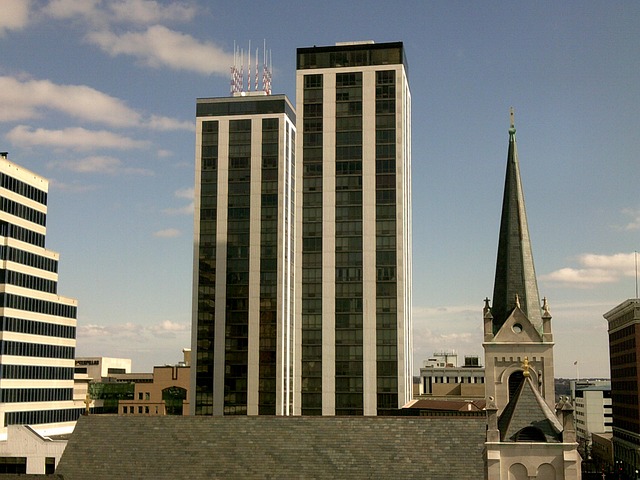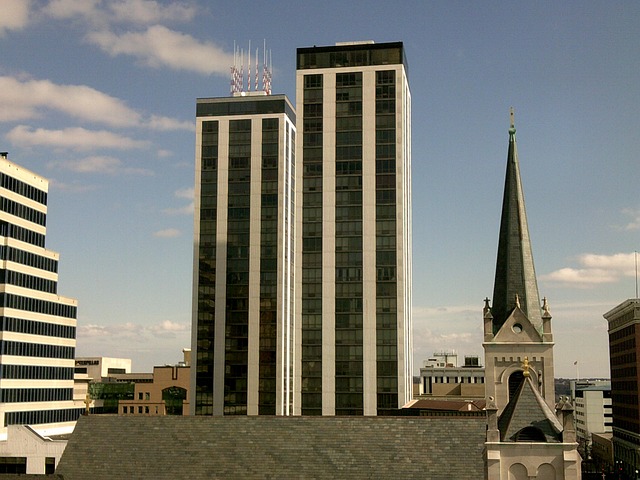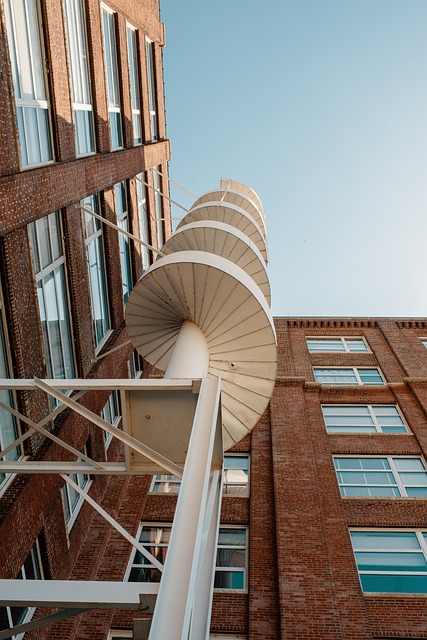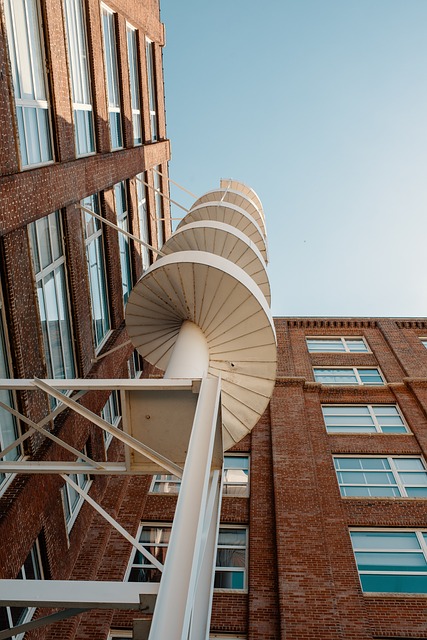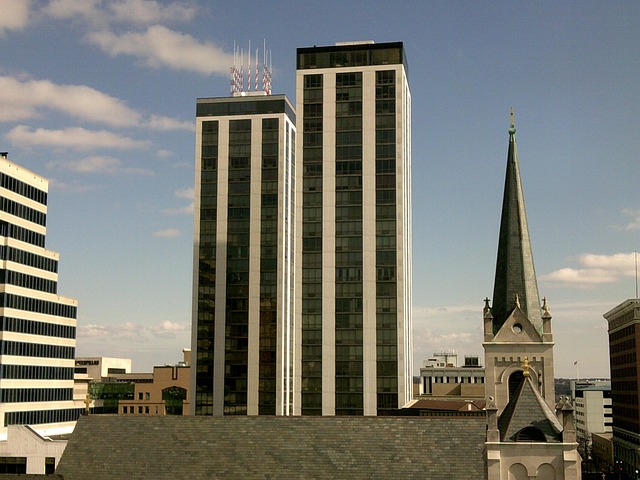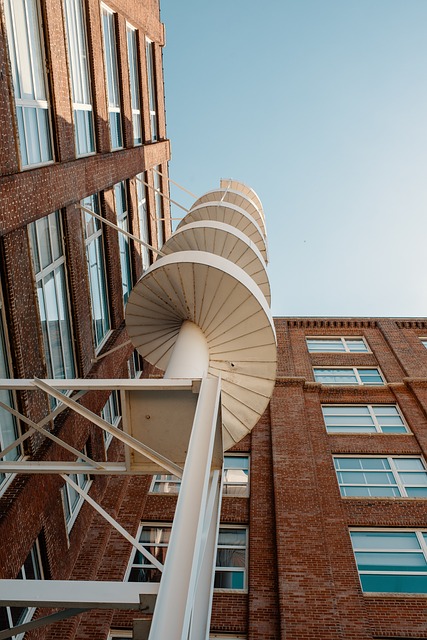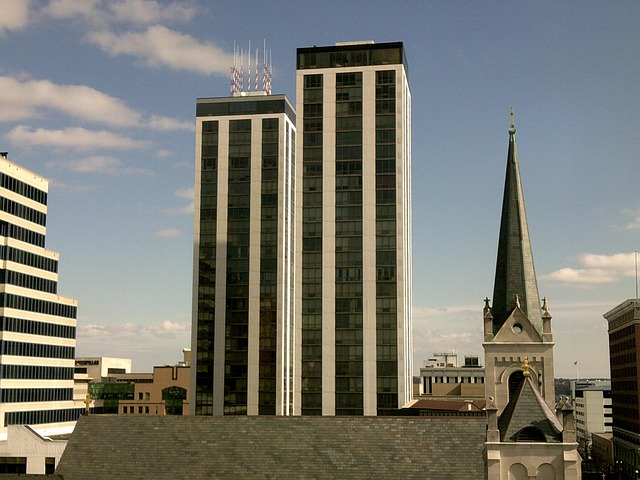Master-planned communities are transforming the real estate landscape with their holistic approach, offering residents a wide range of amenities like retail, recreational areas, educational facilities, and transportation within a cohesive design. This concept caters to modern buyers' demand for convenience, connectivity, and quality of life, especially in urban centers. By integrating sustainable design and smart living technologies, these communities enhance property values, promote environmental stewardship, and foster a sense of community through shared digital experiences, thus redefining real estate trends.
Master-planned communities are transforming the real estate landscape, offering modern amenities that cater to diverse lifestyle needs. This article explores the rising trend of these comprehensive developments, focusing on how they’ve become a magnet for residents seeking convenience and quality of life. We delve into the key selling points, exploring amenities that drive demand and the integration of sustainable design and smart living technologies shaping the future of real estate.
The Rise of Master-Planned Communities: A Modern Real Estate Trend
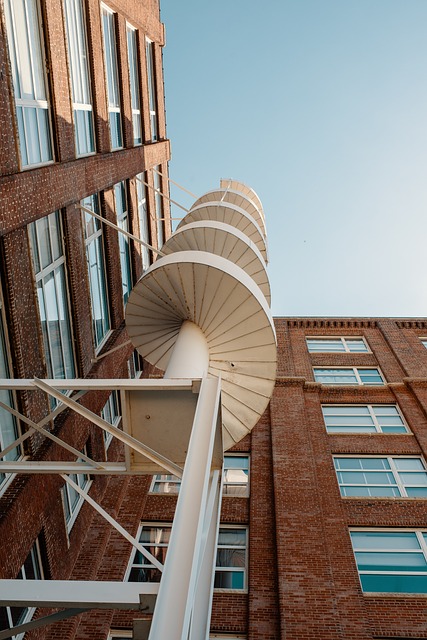
In recent years, the real estate landscape has seen a notable trend—the rise of master-planned communities. These meticulously designed neighborhoods offer more than just housing; they provide a complete lifestyle package. By integrating modern amenities and infrastructure within a cohesive framework, master-planned communities cater to diverse needs, from retail and recreational facilities to educational institutions and transportation hubs. This innovative approach to urban planning is transforming the way we live, work, and play, attracting buyers seeking convenience, connectivity, and a high quality of life.
The appeal of these communities lies in their ability to foster a strong sense of community while offering a wide array of services under one roof. Real estate developers are recognizing the potential of this model, especially in rapidly growing urban areas where land is scarce and demand for housing is high. Master-planned communities provide an efficient use of space, ensuring residents have access to essential services without lengthy commutes or searching for amenities elsewhere.
Amenities as Key Selling Points: What Residents Want and Expect
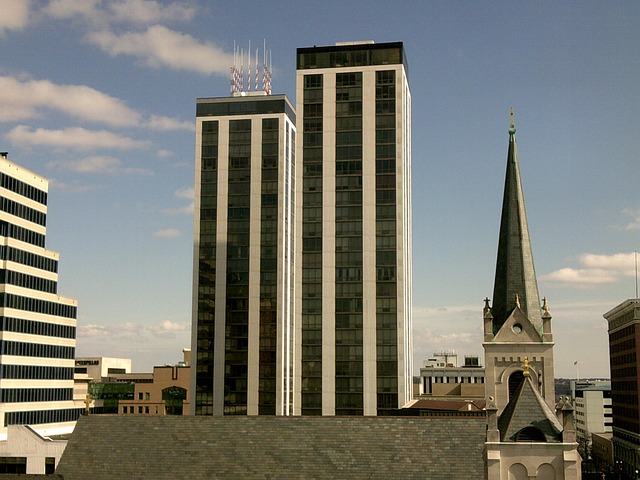
In today’s competitive real estate market, amenities play a pivotal role in attracting and retaining residents. Modern buyers are well-informed and have heightened expectations, prioritizing features that enhance their daily lives and contribute to a sense of community. Beyond basic conveniences, master-planned communities that offer a diverse range of amenities are becoming the gold standard in real estate. From state-of-the-art fitness centers and vibrant social clubs to top-tier educational institutions and eco-friendly spaces, these facilities cater to various lifestyle needs and preferences.
The right mix of amenities can significantly boost property values and foster a thriving community environment. Residents seek opportunities for relaxation, entertainment, and personal growth within their neighborhoods, making well-designed and accessible amenities key selling points. By understanding what residents want and incorporating these desires into master-planned communities, real estate developers can create spaces that not only meet but exceed expectations, ensuring long-term satisfaction and a robust market presence.
Sustainable Design and Smart Living: The Future of Master-Planned Communities
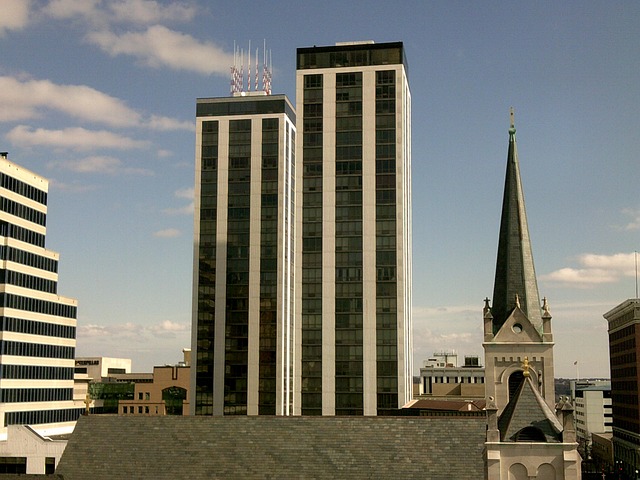
Master-planned communities are increasingly incorporating sustainable design and smart living technologies, shaping the future of real estate. These innovative approaches not only enhance the quality of life for residents but also contribute to environmental stewardship. Sustainable features such as energy-efficient buildings, renewable energy sources, and water conservation systems reduce the community’s carbon footprint, ensuring a greener future.
Smart living amenities further elevate the master-planned community experience by integrating technology into daily life. Automated homes, smart infrastructure, and advanced connectivity enable residents to live more efficiently and securely. These modern amenities not only provide convenience but also foster a sense of community through shared digital experiences.
